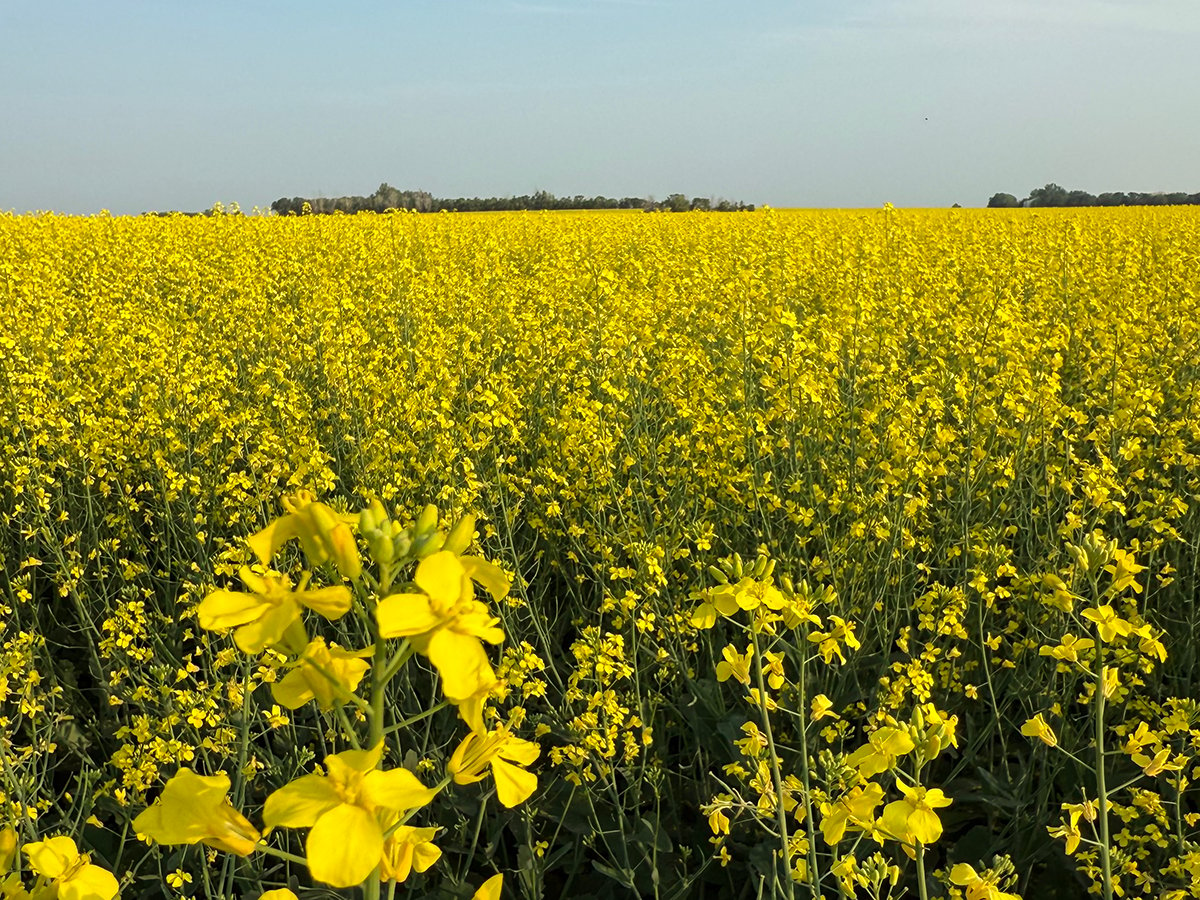Harvest conditions short-term reason | Farmers are also changing how they manage crop residue in their fields
The Manitoba media is not consumed by outrage over farmers burning straw in the Red River Valley this fall.
That’s a relief, “especially when you’re the one sitting by the phone,” said Jeanette Gaultier, who is part of Manitoba Agriculture’s monitoring and licensing system for fall straw burning.
Officials like Gaultier and those at Keystone Agricultural Producers sometimes hear angry complaints about straw burning, with many urban residents complaining about asthma and allergy problems.
Farmers then feel they are unfairly blamed for the problem and unduly restricted by burning rules.
Read Also

Canola support gets mixed response
A series of canola industry support measures announced by the federal government are being met with mixed reviews.
However, that’s not happening this year. Little straw burning has happened and few problems have arisen.
Farmers hope it’s an issue that is becoming part of the past.
“We’ve been working our straw in for a long time,” said Brunkild farmer James Karlowsky.
“We work it into the land as hard as we can and we try to never burn.”
Late crops and wet fall conditions could be the primary reason while little crop has been burned this year. Straw needs to be dry to burn, and many farmers are still busy with harvest.
However, farmer practices have also been changing in a way that might produce much less burning in the future, even when burning conditions are perfect.
Karlowsky said his farm burned wheat straw until 2006, but then a new combine with better straw-chopping abilities allowed them to handle the residue without burning.
Portage La Prairie farmer Chris McCallister said most of his neighbours don’t burn any longer because they can work in straw if they need and use vertical tillage to eliminate most straw problems. That means they don’t see the residue as a problem but instead as something that helps their fields improve.
“We’re seeing less and less burning because guys are seeing there are a lot of nutrients there and are putting it back into the soil,” said McCallister.
“Our tillage equipment is getting better.”
Gaultier said the provincial burning program has also focused on reducing the potential for urban-rural conflict by managing burning. Daily burning plans are mapped out and high concentrations are avoided. Farmers are helping by not burning if they don’t need to do it or if conditions become bad.
“A lot of guys are really using their discretion, even if they have a permit in hand,” said Gaultier.
More corn and soybeans in the Red River Valley is also reducing straw burning.
Wheat produces massive stands of thick straw in the valley, but corn and soybean crops create little residue. Wheat is now a much less important crop than in the past.
As a result, less wheat, better combine choppers, better tillage equipment and more careful farmers may be ushering in a new era for straw burning.
“I don’t think you’ll have nearly as much in the future,” said Karlowsky.















